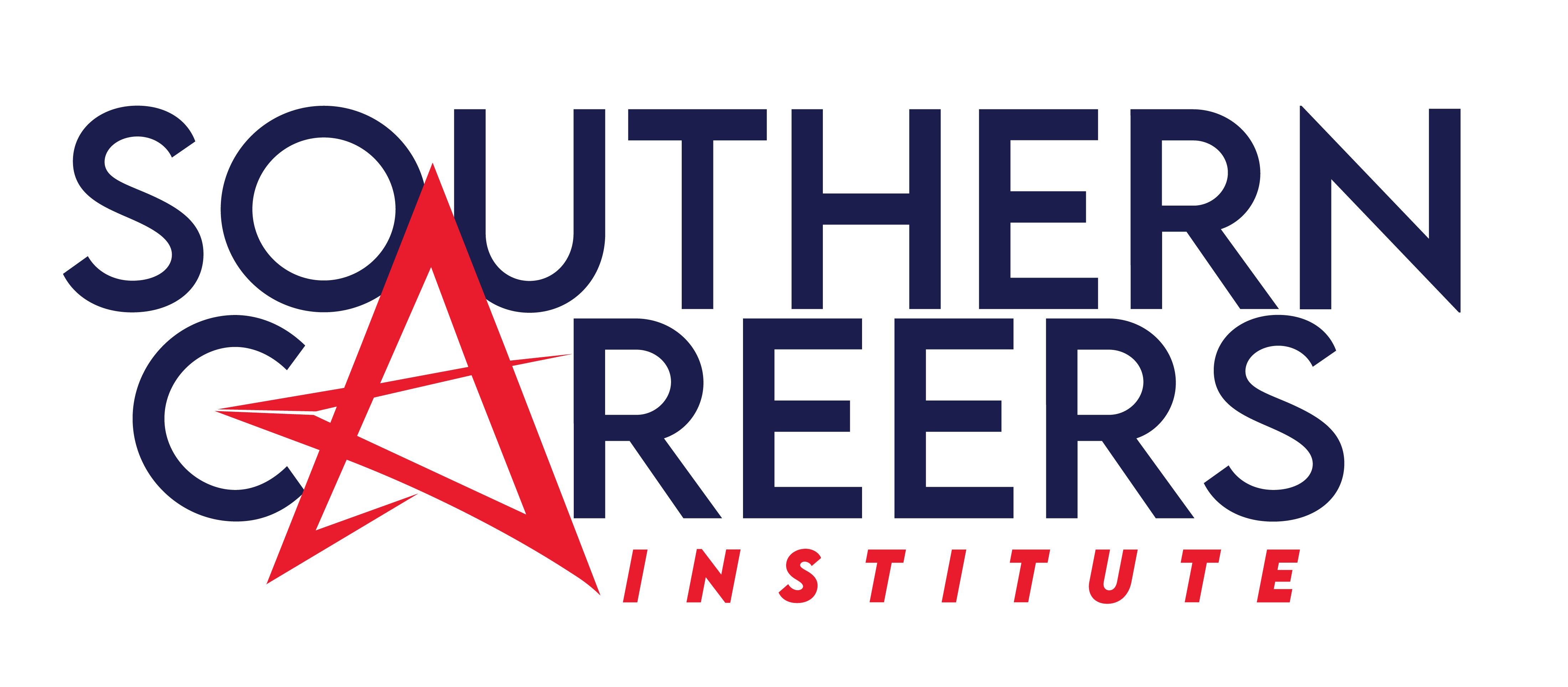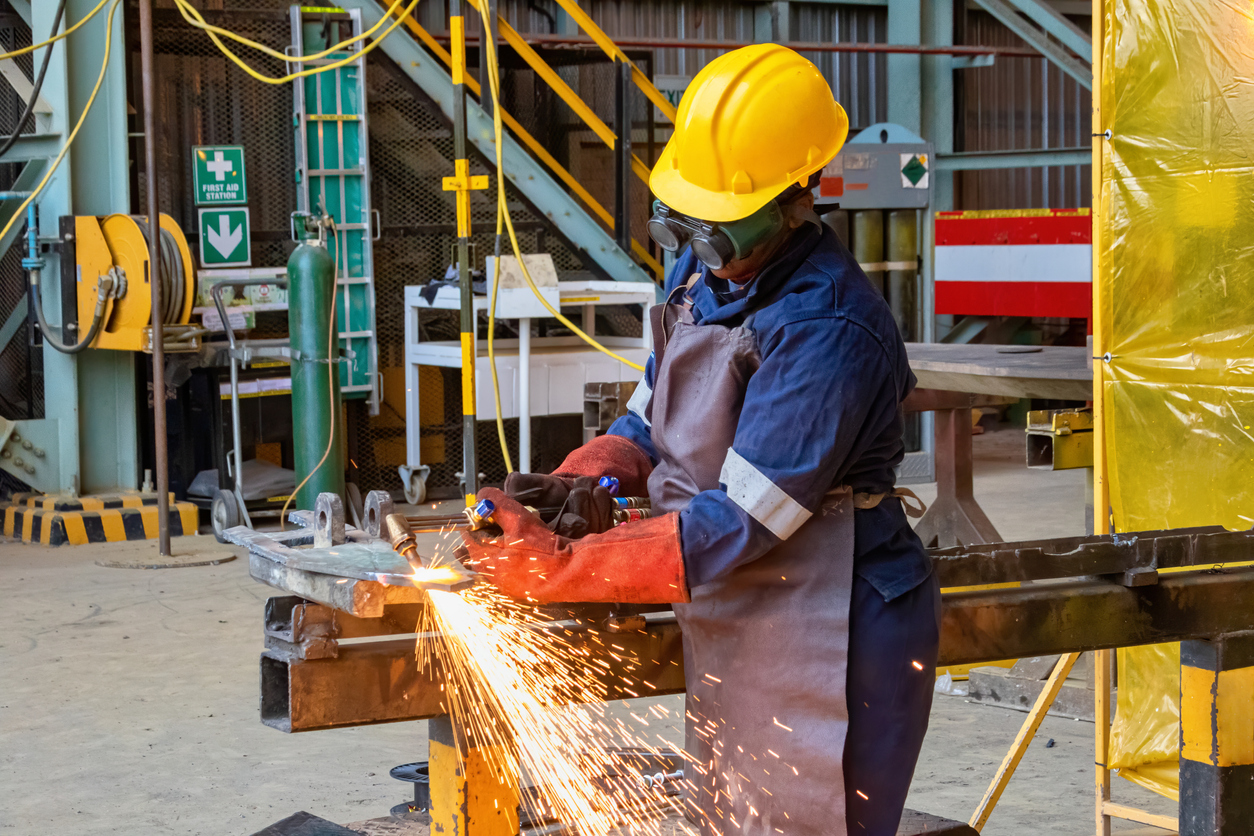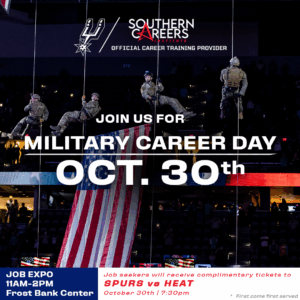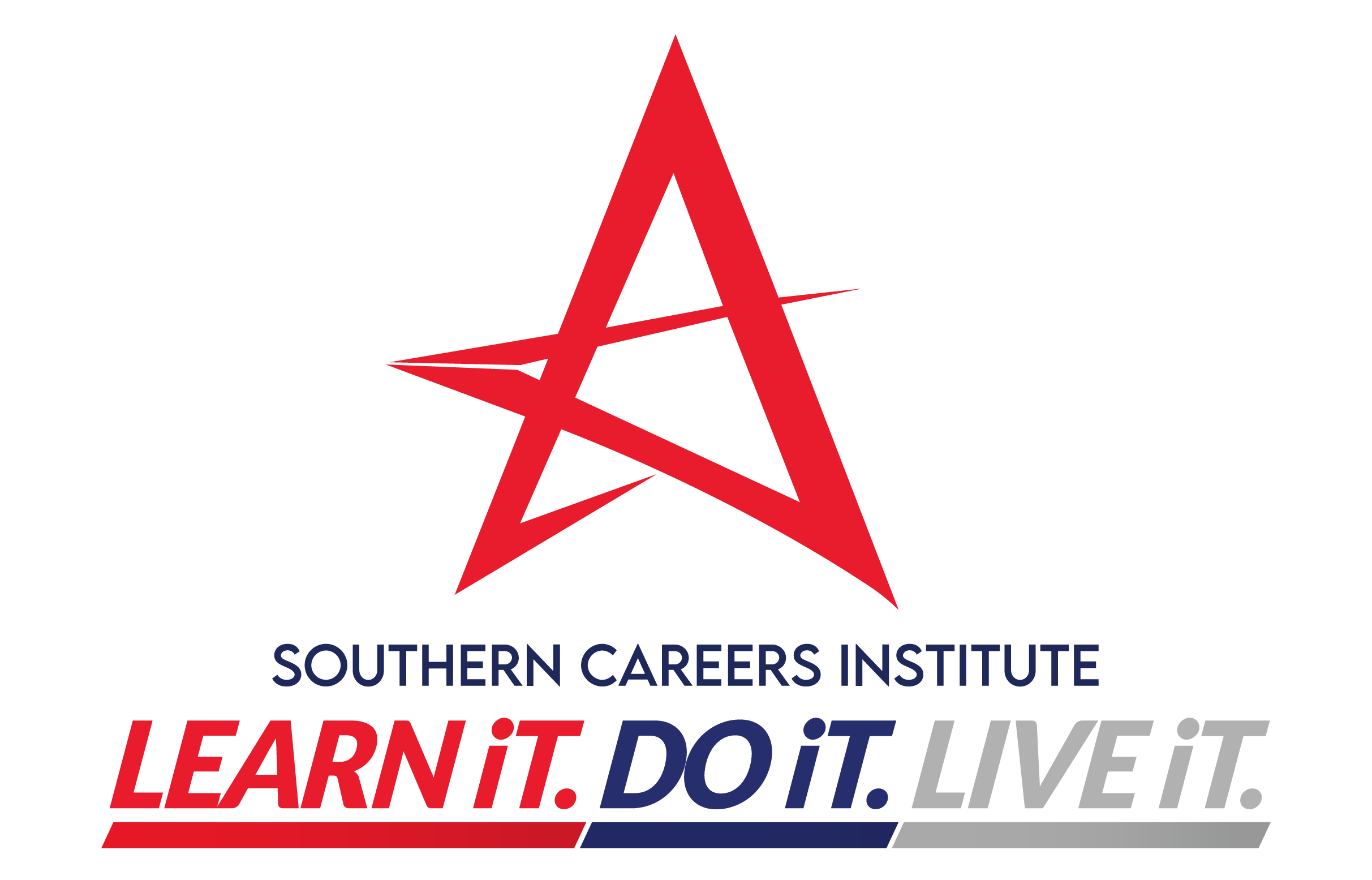Today, welding is a growing trade and a fulfilling career for most people. You can use it to improve your current job, especially those in the auto and agriculture industries. With different welding methods, you will have access to limitless opportunities depending on the type of welding you want to learn.
Many candidates interested in welding often undergo thorough on-the-job training where they learn the various ways of liquefying metal. Additionally, welders have to keep up with the technological progress in the industry, which is necessary to gain new skills in welding. When learning to weld, you can easily feel overwhelmed by the sheer amount of information available on the subject. Many people also find it difficult to begin their welding journey without knowing the various types of welding. Some are easier, while others can be difficult.
Other welding processes produce clean beads with visually appealing surfaces and will need little to no cleanup, while other types produce the opposite. Another critical difference is that each welding type will suit a different kind of metal. To help simplify the subject, we have compiled various types of welding and their differences.
Types of Welding and Welding Methods
There are various types of welding that you can learn and use in the industry. The major ones include shielded metal arc welding (stick welding), gas metal arc welding (GMAW/ MIG), flux-cored arc welding (FCAW), and gas tungsten arc welding (GTAW/ TIG).
1. Shielded Metal Arc Welding (SMAW)
These welders follow manual procedures for stick welding. It involves deploying a stick using an electric current to create an arc for spreading between the stick and the metal joining. With this type of welding, you can weld iron and steel used mostly in constructing steel structures.
One major advantage of stock welding is its portability. It is the welding you can take on the go for your tasks such as underwater pipeline repair, construction, and industrial fabrication. This welding type began in the 1930s and has continued to improve today. Also, it remained a popular type of welding because it’s simple, easy to learn, and low cost to operate.
The only downside to using a stick is it does not create the neatest welds as it can easily splatter. Cleanup is often necessary, and you may need a long learning curve to be highly skilled.
2. Gas Metal Arc Welding Methods (GMAW/MIG)
Gas Metal Arc Welding or Metal Inert Gas is a popular welding process in the industry. It uses a shielding gas running through a wire electrode to heat up two metals and joins them together.
It needs a steady voltage necessary from a direct-current source of energy. The metal transfer occurs over four primary methods: the short-circuiting method, the globular method, the pulsed-spray method, and the spray method.
The process is quick and involves the filler metal through a wand while expelling gas around it to shield it from outside elements. Due to this functionality, it is not the best for outdoor use. Still, it is a versatile process for welding different types of metal with varying thicknesses. Effectively used, MIG welding offers a smooth and tight weld with a visual appeal.
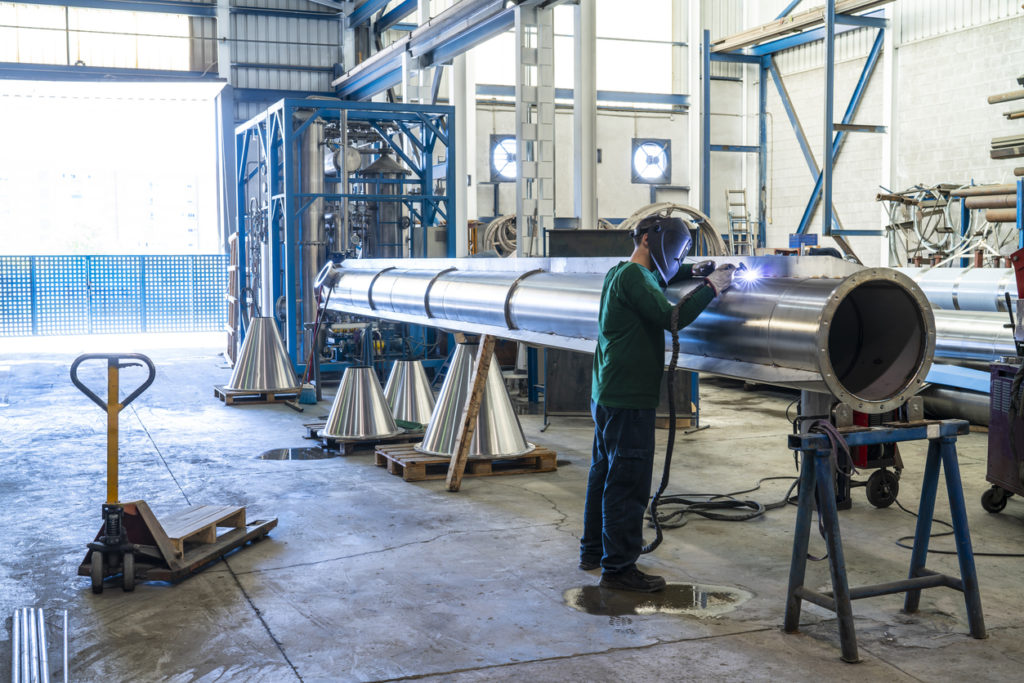
3. Flux Cored Arc Welding (FCAW)
Flux Cored Arc Welding is similar to MIG welding methods. In fact, it is common to find MIG welders performing double duties as FCAW welders. Like MIG welding, the wire that serves as an electrode and the filler metal goes into the wand. This is where the process starts to differ. FCAW has a wire with a core flux for creating a gas shield around the weld. This will eliminate any need for an external gas supply.
FCAW is suitable for thicker, heavier metals being a high-heat welding type. For this reason, it is effective for heavy equipment and does not create much waste. As you don’t require any external gas, it is low cost. It usually leaves a bit of stag and will require some cleanup to create a beautifully finished weld.
4. Gas Tungsten Arc Gas Welding (GTAW/TIG)
Gas Tungsten Arc Gas Welding is among the few welding types that do not use filler metal and only need the two metals that require welding. If desired, you may also use a filler metal, but you need to feed it with your hand.
A gas tank is necessary with TIG welding to offer a constant flow of gas required for weld protection. This means it will perform generally better indoors and away from elements. Additionally, TIG welding is more precise and will create a visually appealing weld, and produces no splatter. With these traits, it is a type of welding best reserved for experienced welders.
Automated Welding vs. Skilled Welders
Welding has been evolving for years, and it’s essential to understand these changes to gain the right skills and techniques to suit your job. Most welding methods may require welding automation equipment to carry out some activities. Still, several projects will require human touch and ingenuity to complete a job or customize a product to its desired shape and size.
Spark Your Interest in the Different Welding Methods
Mastering the complex welding craft can enable you to enjoy a well-paid career in various industries needing a welder. But the learning ropes is neither quick nor easy as there are several levels to master every working process with excellent attention to detail is of utmost importance. Welders who master various welding processes can easily find rewarding work in repairs, maintenance, wholesale trade, mining, agriculture, construction, manufacturing, and wholesale trade.
Now that you’ve heard more about the various types of welding, how can you find the best training you need? At Southern Careers Institute, we offer different kinds of training for welders. We are a Texas trade school where you can take welding classes with a mission to be a leader in talent production and deliver employer-tailored training. Contact us today to get more information about the welding program at SCI’s campuses.
